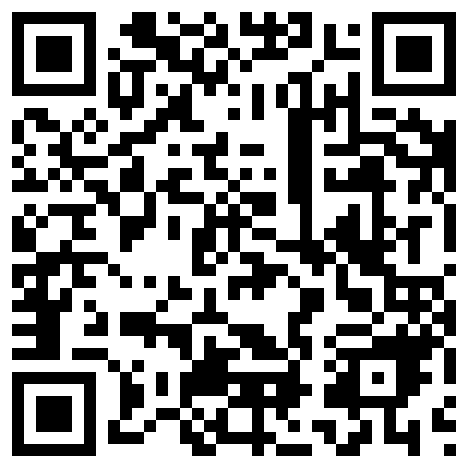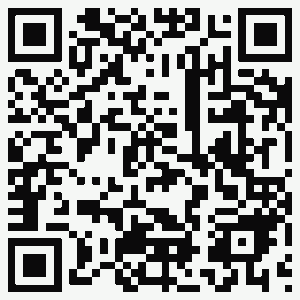
“Best use of QR codes EVER.”
This photo has been making the rounds over the last few days, appearing first on Reddit (as far as I can see), then making its way to Fail Blog. The caption reads “Leave it to Dublin to promote literacy with street art!” I found it through a tweet from Sarah Wendell (who really has some of the best tweets):

There are, of course, some obstacles. First, people have to actually download and use QR code reader apps. The second challenge is that the codes have to be somewhere visible. They need to be posted in the places where people wait – bus stops, subway stations, or even fast-food restaurants (really – place mats and paper bags would be great places to print them). In Dublin, they spread the books with a plain black-and-white copy taped to a light pole. There’s no reason we should not take it upon ourselves to do something similar.
There is a website called Books2Barcodes that is working on serializing classics in QR code form. There are just a few that are done, and I find that there are so many codes a bit distracting, but it could be useful for a teacher who wants to include the next chapter of an on-going reading assignment at the end of a test or if they want to illustrate how Dickens’ novels were originally released. What I think will work best is using the URLs to the HTML versions of Project Guttenberg books and creating just one code, as I’ve done here with Bram Stoker’s Dracula via the free Kaywa QR Code Generator.

I know that I’ve focused on using this as a tool for sharing the classics in a new, more modern way, but I think this could be equally useful in marketing new books. Authors post excerpts on their blogs, and publishers post sample chapters on sites like Scribd. It would be easy to include a URL-based QR code in magazine or transit ads, and I think that those excerpts may just reach a wider-audience than they do now. Eventually.
What do you think? Is this the “best use of QR codes EVER?”















